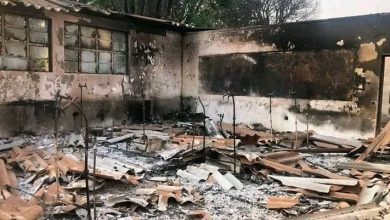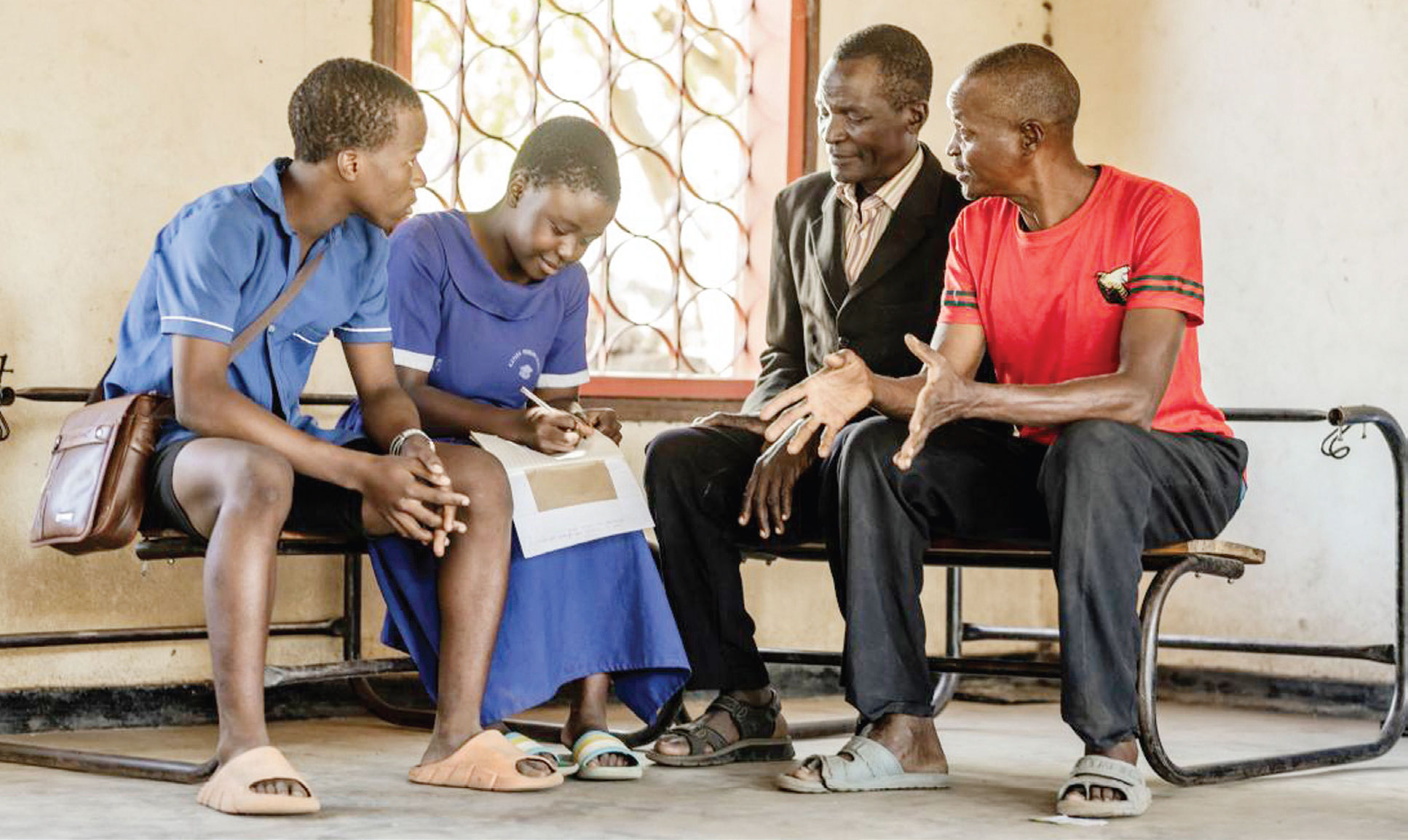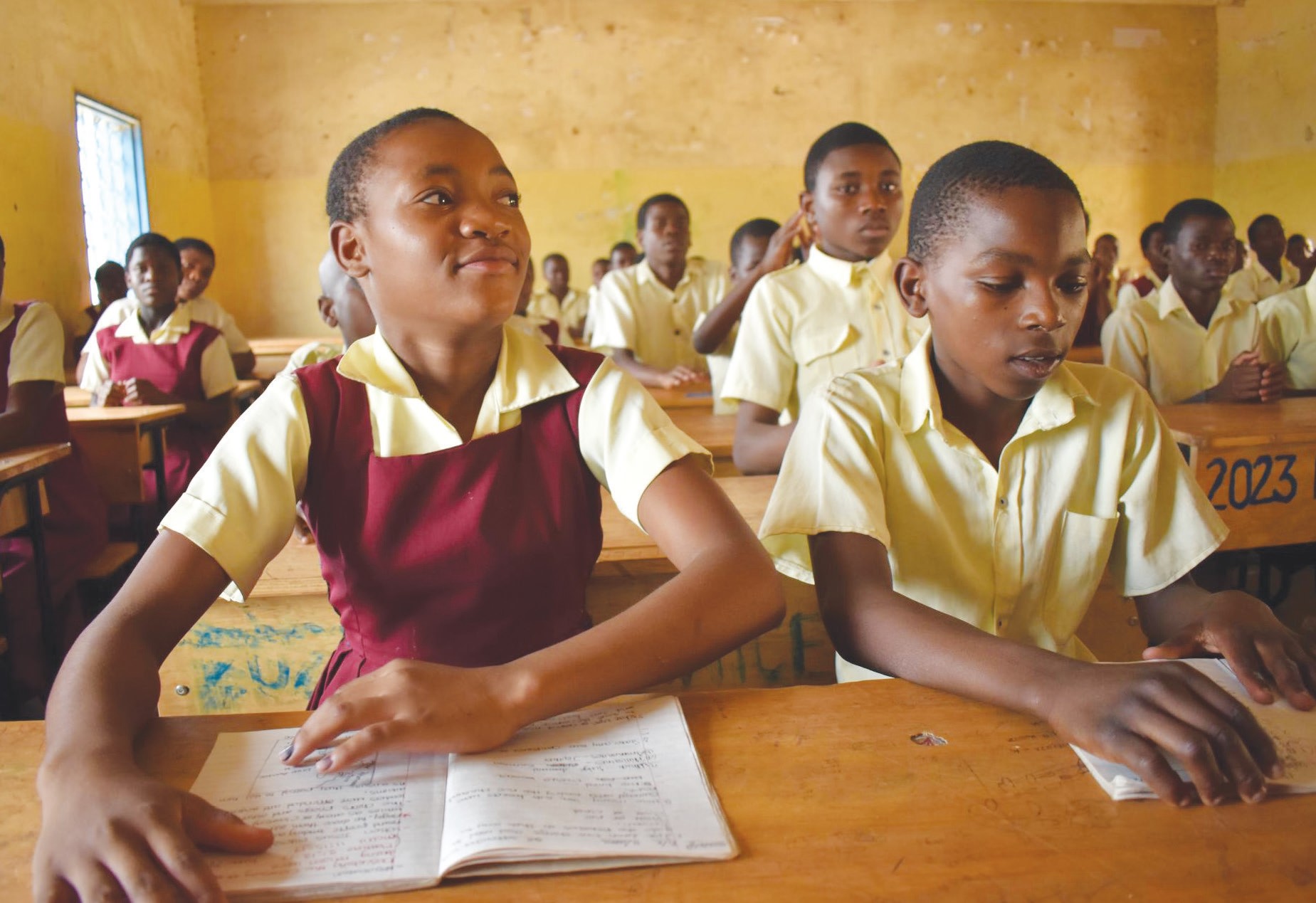Why St Mary’s stands tall
Saint Mary’s Secondary School has come out the star performer in this year’s MSCE results. Amid concerns of declining education standards in the country, what is it about St Mary’s that makes it stand out? EPHRAIM NYONDO travelled to the school to find out.
They are in groups of three, hands on their chins—visibly brainstorming. Their teacher has given them 10 minutes to study and discuss a short story titled ‘A girl with a twisted future’.
“In your discussions, make sure you isolate themes of the story. Don’t just read,” instructs Gladwell Mithenga, Form Four English Literature teacher.
After three minutes of dead silence, debates within the groups begin to erupt. The students agree and disagree while taking notes.
“Time up!” commands the teacher; “I need answers now and we start with the group at the corner.”
He looks firm and sounds harsh. But who can blame him?
In the just released Malawi School Certificate of Education (MSCE) results, 90 out of 125 students got distinctions in English.
“I want to beat my record and they, too, want to beat the previous class’ record. There is a strong sense of competition here,” Mithenga says.
It is this culture of competition that seems to define the champion that is St Mary’s Girls Secondary School in Zomba. Established in 1962, the Catholic school, has established itself as a model of education success.
In their MSCE results this year, only one failed out of 125 candidates. Three students got six points; four got seven points; nine had eight points; eight had nine points; and 91 students scored between 10 and 20 points.
“For the past five years that I have been here, 95 percent of MSCE candidates qualify for university entrance examinations. We are within that record this year, although we would have loved if we had done even better,” says Sister Mary Chimalizeni, the school’s head teacher.
In the last university selection, 88 students from St Mary’s made it to various public universities. This year, challenges the soft-speaking head teacher, there will be more.
The paradox of St Mary’s glory lies in standing tall amid a falling forest. The trend of MSCE results in the past three years, figures show, has not been impressive.
For instance, this year, out of 130 293 students who sat the examination, only 71 486 passed—representing a 54.9 percent pass rate. In 2012, out of 111 781 candidates, only 57 906 passed representing a 51.8 percent. In 2011 the pass rate was only 53 percent.
This is why it is important to ask: When most students are failing, what is it about schools like St Mary’s that makes them different?
“We have a culture of education here,” says Chimalizeni, adding; “it is a culture that is rooted in the broader principles of the Catholic Church of reaching out to the poor.”
She says Catholics believe that poverty is a manifestation of lack of education and good health, among other things..
“If you do not have education, you are poor. So too if you do not have good health and all other social services,” she says.
Driven by this philosophy, Chimalizeni says, Catholic schools are dedicated to alleviating poverty by committing themselves to the provision of good education.
“It is our calling, our burden. We do not compromise on it,” she explains.
And indeed, there is no compromising of any sort at St Mary’s. The moment the end-of-break bell rings, everybody—from teachers to students—stop whatever they were doing to return to class.
“Even if you are a member of staff or a student, before you join St Mary’s, you are, for a week, inducted in the principles that govern the institution. It is almost a sacred call to commitment,” she says.
In government schools, a teacher missing a class is quite a norm. Not at St Mary’s.
“The 33 teachers we have here are dedicated, committed and true to the ethical demands of their profession,” says Chimalizeni.
In fact, through the parent teachers association (PTA), teachers are recognised through awards given according to their products. For instance, for every strong distinction at MSCE (one point), a teacher is given K1 500. The more the distinctions, the fatter the wallet.
“With the PTA, we believe that the teacher is our number one asset. These awards act like an incentive for the teachers to work even harder. In the end, it is the student and our school which benefits,” says the head teacher.
It is quite involving to be a student at St Mary’s. Every day, they wake up at 4.30 am to prepare for an hour-study beginning at 5 am. After classes, they also have studies between 5 and 6 pm. They have other studies between 7:30 and 8:30 pm.
With a well-stocked library and science laboratories, the 500 students here are subjected to strict levels of motherly care which reinforces their discipline.
“We have mentors—some of them teachers and others matrons—who are always close to these girls. They are constantly counselled to ensure that they do not fall prey to adolescent challenges,” explains Chimalizeni.
Besides that, the school hosts role models on a regular basis. Usually, it is people who were once at the school who visit to inspire the students. The last visit three months ago had Rachel Sikwese, a High Court judge at the Industrial Relations Court (IRC).
The result is that the school barely experiences drop outs. The 125 that enrol in Form One excels to Form Four—something which is not the case in most public schools. The 2013 Education Management Information System (Emis) shows that out of 200 girls that enrol in Form One, only 60 survive to Form Four.
Contrary to popular views that St Mary’s is too strict on the girls, Chimalizeni argues that their students live in a free environment, which is conducive to effective learning.
“They have their discos, variety shows, drama and different other forms of entertainment. But we emphasise discipline, which is a virtue they need to cultivate if they are to excel in school.
“That is why although we also have outings once in a while, we limit too much exposure of our girls to outside influences during their stay here. This is why although we have a big hall here, we do not hire it out for other public events,” she says.






Amenewo ndiye akatolika osati za ma pentecostal ntchito malilime basi. There is no sweet without sweat. A CCAP ndiye nanji alowesa pansi HHI secondary school bolanso ili ndi boma look at william murry sukulu ya bwinobwino koma eish!!!!! you can have all the qualities in this world but hard work is key to everything. you can have good infrastructure, qualified teachers, learning and teaching materials but if discipline is lacking palibe mungaphulepo